Dijon's Pilot City Activity: FAASST-NZ - Facilitate trAnsition Actions maSSification Towards Net Zero

Description of activities
The pilot activities aim to design a “Massification Operator (MO)” – an innovative multi-stakeholder governance approach to coordinate the operational planning and implementation of the city’s transition projects. The Operator’s objective is to scale up the city’s transition projects, private and public, while designing and developing a pathway to transform the territory’s capacity to reach its climate-neutrality objectives.
With the MO, Dijon Metropole aims to implement a multi-level and coordinated approach (organisational, financial, governance-wise) targeting systemic barriers related to 3 key emission domains, urban mobility and residential and tertiary buildings, accounting for 76% of Dijon’s CO2 emissions.
Mobility accounted for 40 % of the GES emission in 2020, and the city is facing challenges in decarbonising heavy-duty vehicles. To carry out a wide deployment of EV charging stations, it is required to move from an in-silo to a coordinated territorial approach.
Residential and tertiary buildings accounted for 36 % of the GES emission in 2020. Currently, there are systemic barriers for the deployment of PEBs and integrated solutions, with a need to access data and have a comprehensive overview of the existing pipeline of territorial projects.
Therefore, the MO will have multiple functionalities: one-stop-shop, territorial planner, financing functionality, and common purchase.
Objective
To create and animate an innovative multi-stakeholder governance approach to coordinate the operational planning and implementation of the city’s transition projects targeting mobility and residential and tertiary buildings.
Are the pilot activities building upon or part of a previous and/or existing activity?
The Massification Operator will make direct and indirect use of innovative solutions developed in the framework of existing research and innovation projects and, in particular, in the context of the H2020 RESPONSE project.
This pilot will be linked to the new cross-sectoral Directorate General Department for Climate Transition.
Which emissions domains will the pilot activities address?
Systemic transformation – levers of change the pilot activities will exploit
Stakeholder types that you would like to engage in the pilot activities
Transferable features of your pilot activities to a Twin City/ies
Lessons learnt related to the Operator’s collaborative design process, its implementation and daily operation.
This answer is not exhaustive and simply an indicative one.
Components of the transferable features
- A dedicated learning framework will be defined to support the Operator’s reflexive governance and serve as a basis for effective communication of envisioned impacts to a wide range of stakeholders through dedicated capacity building and learning activities.
This answer is not exhaustive and simply an indicative one.
What does the city want to learn from Twin City/ies?
- A holistic approach to tackle the main emission sources;
- Approaches to managing synergies between existing projects;
- Experience with innovative financing and territorial planning approaches;
- An integrated territory approach for the massification.
This answer is not exhaustive and simply an indicative one.

